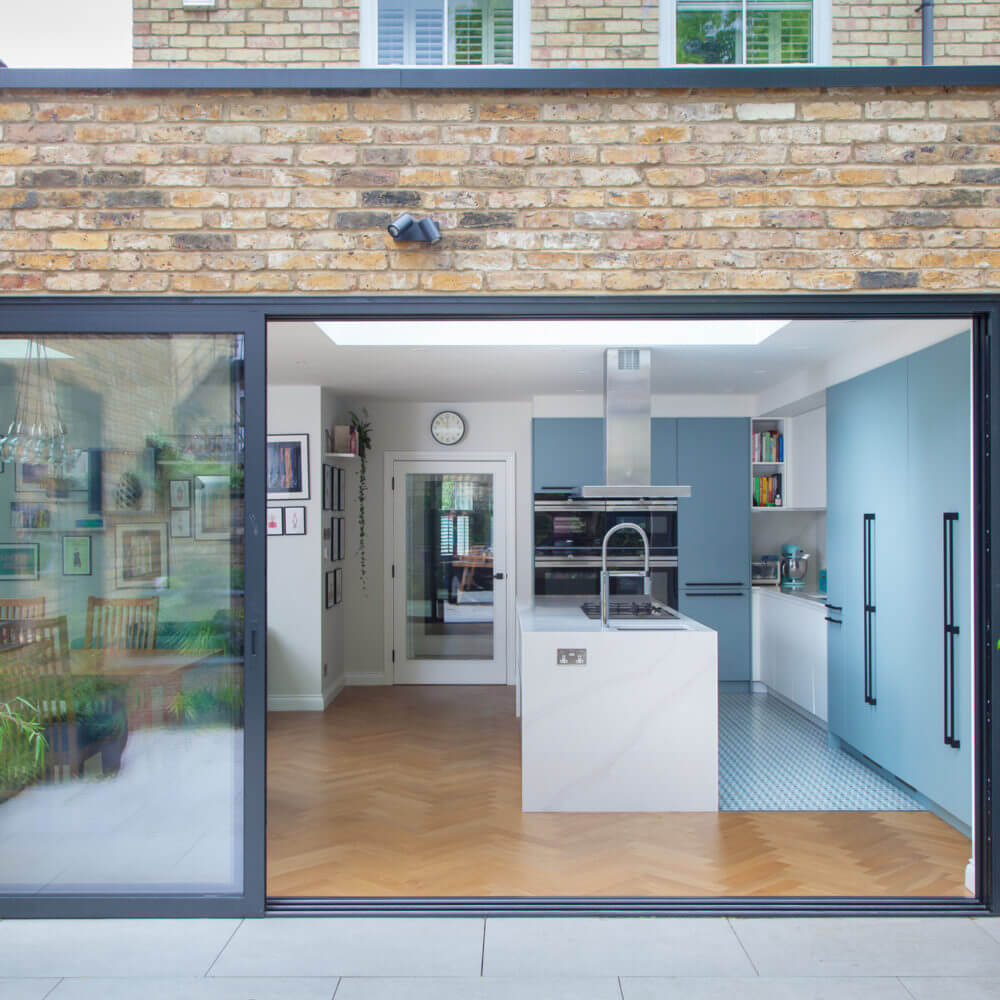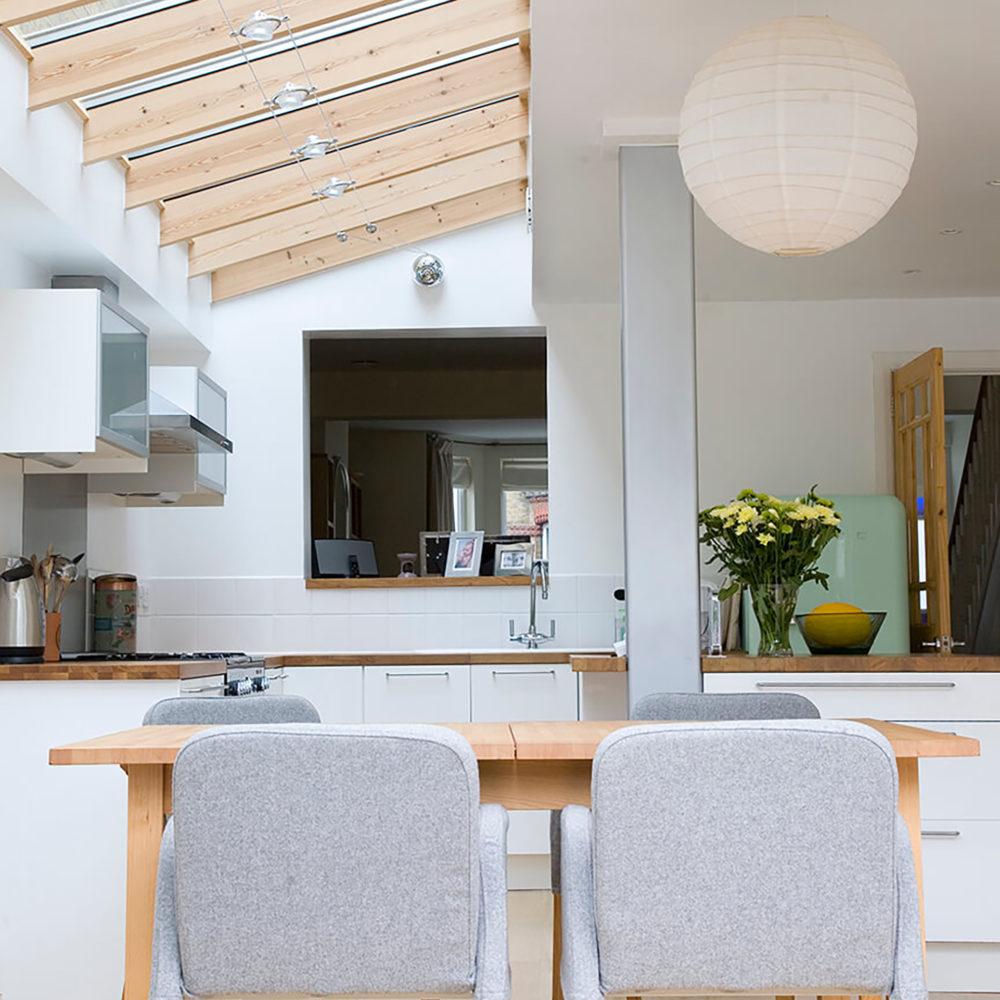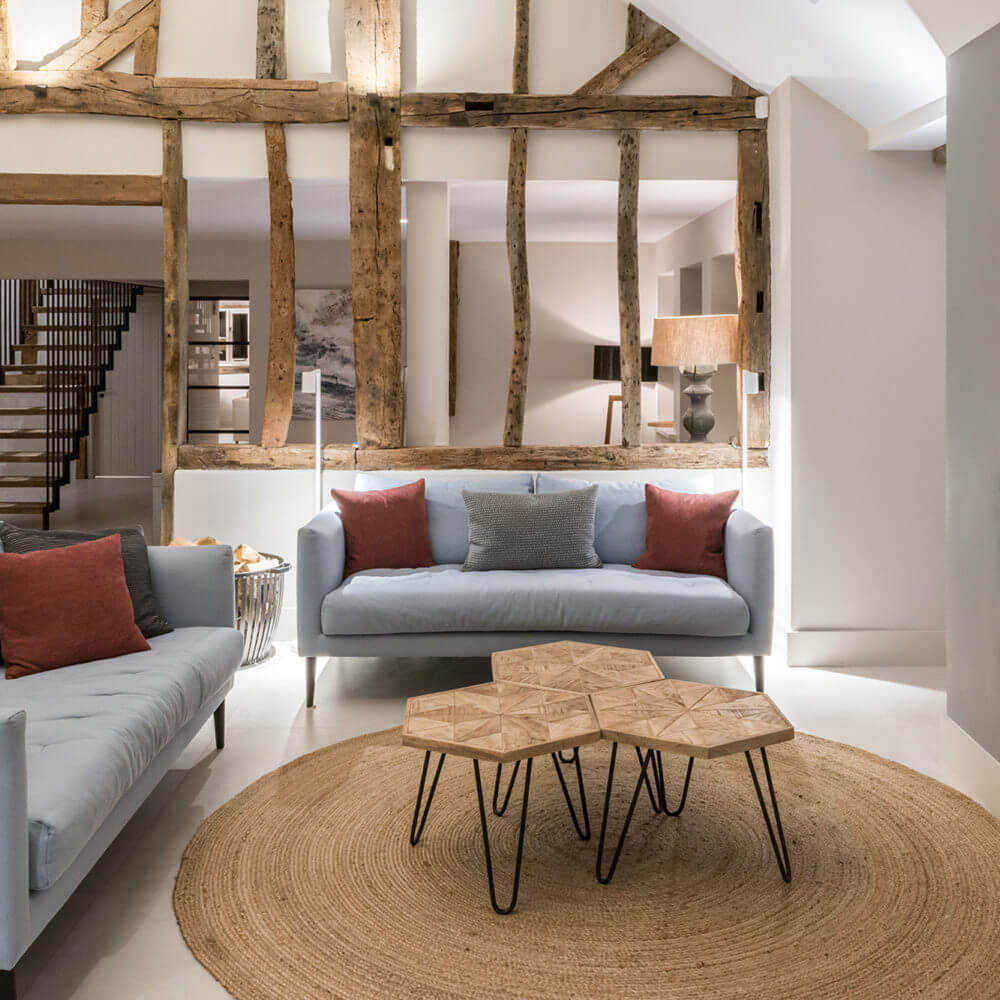How to Make a Successful Planning Application
Posted by Architect Your Home on 10th November 2021 -

Now that you have a scheme for your project, your next step is probably to get planning permission. There are scary stories about how difficult this is and how long it takes but as often as not it’s the owner’s fault as much as the council’s. What do you and your architect need to do to get it ‘right first time’? The right scheme Your architect should do their homework about your council’s local plan and Supplementary Documents (which is where the detail hides), or stick scrupulously within the limits for Permitted Development. If they say ‘this won’t be allowed’ those rules are why. Some are obvious. Don’t try to do what you would want to stop next door from doing. Some can seem ridiculous. Where policies say ‘up to 3m’, 3.1m can be refused as ‘excessive’ even if out of sight. Sometimes it’s simply about having enough rubbish bins or cycle spaces shown on the plans. The right kind of application Applications should be done on line through the Planning Portal. With planners still working from home paperwork won’t be seen. The Portal has guidance to help you choose the right application form and busy councils love to turn you away for the ‘wrong’ form. Permitted Development means a ‘Certificate of Lawfulness for Proposed Development’. Prior Notification has a separate form and process. If you want a PD roof extension and a 5m deep (PN) back extension you will need two separate applications. You can submit these at the same time but the drawings for each must not show work that falls in the other class or that needs full planning. For Full Planning Permission there is a ‘Householder’ form for domestic schemes, cutting out all the business questions. But beware that many councils don’t count flats as ‘household’ (not a house). Others won’t accept a full form for householder works. Since there is no Permitted Development for flats, this leaves even modest extensions on the full fat application form. If your home is in a Conservation Area a separate heritage consent is needed. This used to mean two forms and two sets of drawings. The Portal’s technology now does this for you for you, but you must select the Conservation or Listed option when starting. Have a Heritage Statement ready either separately or as part of a wider Design and Access Statement. The right paperwork The first hurdle your application needs to get over is Validation. The Council will comb through your application to see if anything is missing. Often the fee! This can be three weeks or more after you sent it in and if they find a ‘gap’ the start date gets delayed. Each council has a validation check list. Check this. Be prepared with the site area, postcode, Flood risk zone (and a flood strategy if its ‘3’). Permitted development forms ask ‘why is this PD?’ Have the answer ready. Attachments regularly required are: Ensure you have a full set of drawings the house and site as is now and another for the proposed changes noted with what all the new external materials are. All drawings should have the scale and paper size noted and a scale bar that can be measured. Plans need a North Point. Validation will be looking for four elevations. If you don’t have four outside walls, say because it’s a terraced house, add a note on the elevations sheet saying so. If your scheme is Permitted Development (or Prior Notification) show written dimensions for the key sizes. Traditionally there would be an ‘as existing’ or survey set, and another for the proposal, but some councils want ‘before’ and ‘after’ on the same sheet. Check the validation list. Save everything as A4 or A3 .pdf files ready to attach to your application. Check your drawings can be printed out to accurate scale. Avoiding objections. All applications are published on your council’s website, backed up with letters to neighbours and/or notices on the street. Full planning applications allow a three week window for comments. Remember this is at the heart why you need public consent to alter your own home. If the boot was on the other foot you would want the council to listen. Comments should only be about the finished item. ‘Not more builders on our street’ isn’t valid but will be said. Objections will suggest to the case officer that this unpopular application can be refused, and depending on your Council can mean a big delay whilst your application waits to be heard by the Planning Applications Committee. Part of the answer goes back to the design, making that you don’t give them anything to complain about. Show how you have limited any interference with your neighbour’s daylight outlook and privacy etc. and explain this on drawings. The other big part of PR. Talk to your neighbours early and often. Explain how your scheme addresses their concerns. Ask nicely and they might even write in support of your application. Now relax The final thing you need is patience. The target for most decisions is eight weeks. Almost all planning teams are short staffed and few applications are decided early. Your case officer may not even see your file for the first six weeks. There’s no point in chasing them. Waiting for Committee doubles the time. Good luck! Whilst all this sounds confusing and stressful, we are here to reduce the stress and bring clarity For more information on how Architect Your Home can help with your home renovation project, fill in our contact us form and we’ll be in touch soon.








